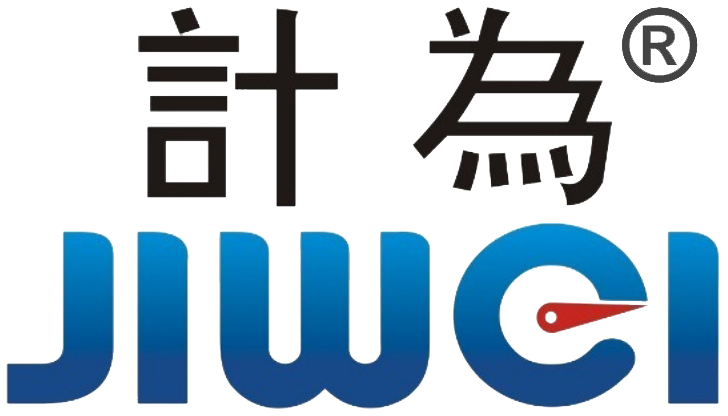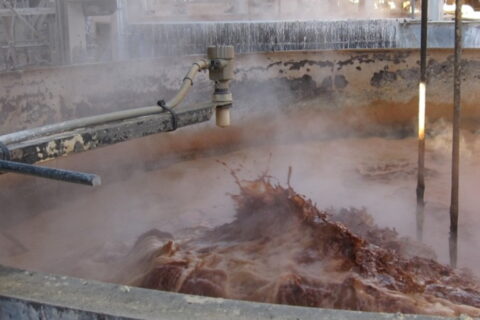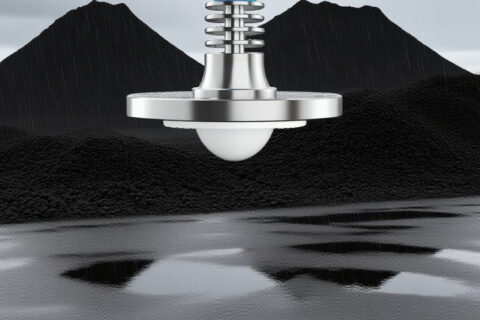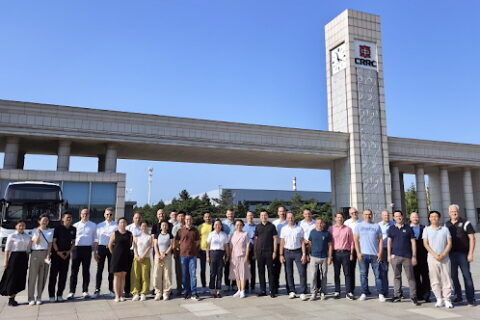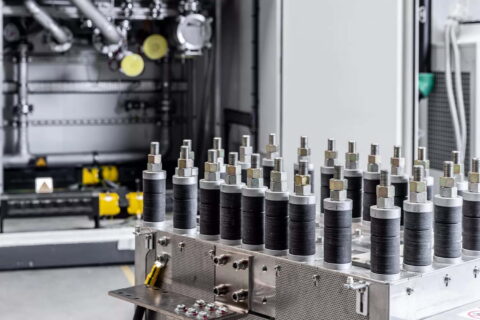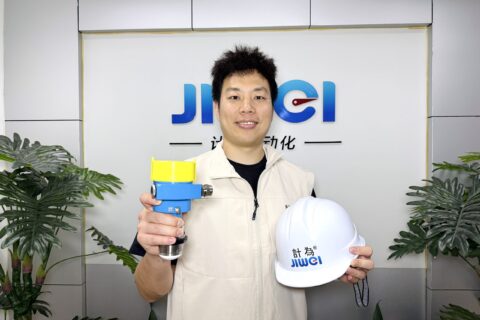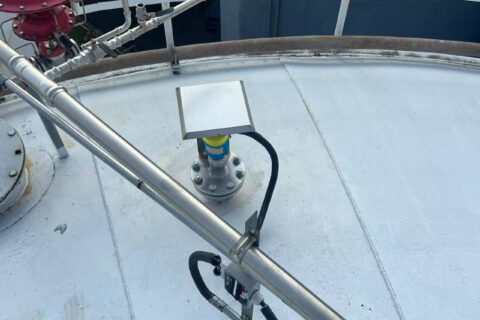-
Why Is 80GHz Radar Replacing 26GHz Products?
80GHz radar level meters offer millimeter precision, narrow beams, and smart signal processing to tackle dust, steam, and corrosion challenges.
-
Dust + Steam + Corrosion? Challenge and Solution of 80GHz Radar Level Measurement
JWrada® 80GHz radar delivers stable, reliable radar level measurement in LNG, chemical, and industrial plants.
-
Top Radar Level Meter Manufacturers in China
Jiwei Automations delivers 80GHz Radar Level Meter, global support, fast delivery, and reliable performance—trusted by Tesla and BYD.
-
Jiwei 80GHz Radar Level Meter China Tour: From Taiyuan to Shenyang
Explore how Jiwei’s JWrada-31 80GHz radar level meter delivers high-accuracy, non-contact level monitoring in harsh industrial environments across China.
-
Jiwei JWrada-33 Radar Level Sensor Secures Coal Supply in Brazilian Power Plant
JWrada-33 radar level sensor enables accurate, dust-resistant coal measurement in Brazil’s power plants with 80GHz tech and Bluetooth setup.
-
Need Accurate PEM Level Measurement? JWrada® Radar Level Meter Delivers!
Jiwei’s JWrada® 80GHz radar level meter ensures precise, non-contact level measurement in PEM electrolysers despite hydrogen and oxygen gas coverage.
-
How Radar Level Meters Prevent Liquid Level Control Chain Reactions
Liquid level failure causes cascading shutdowns. Discover how radar level meters ensure reliable control and prevent costly system breakdowns.
-
Comprehensive Guide to Radar Level Meter Fault Diagnosis and Solutions
Jiwei 80GHz radar level meter ensures precise, stable liquid level measurement with zero dead zone and strong foam resistance.
-
Common Radar Level Meter Failures and Troubleshooting Solutions
Discover common radar level meter issues and practical solutions to ensure stable and accurate level measurement.
-
What is the Working Principle of Radar Level Meters?
Discover radar level meters’ working principle and why Jiwei JWrada® 80GHz leads in accuracy and reliability.
